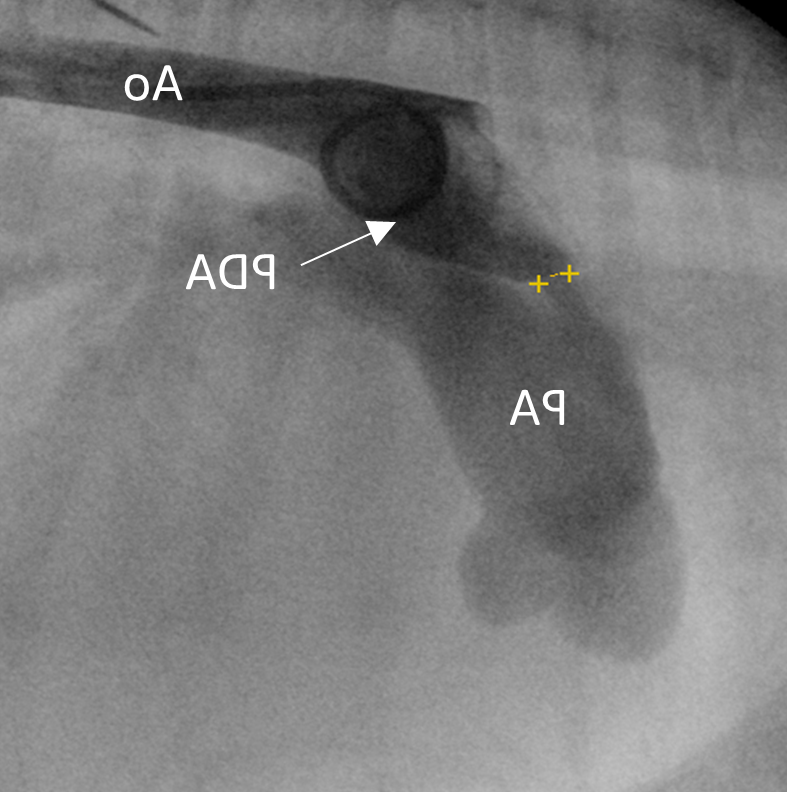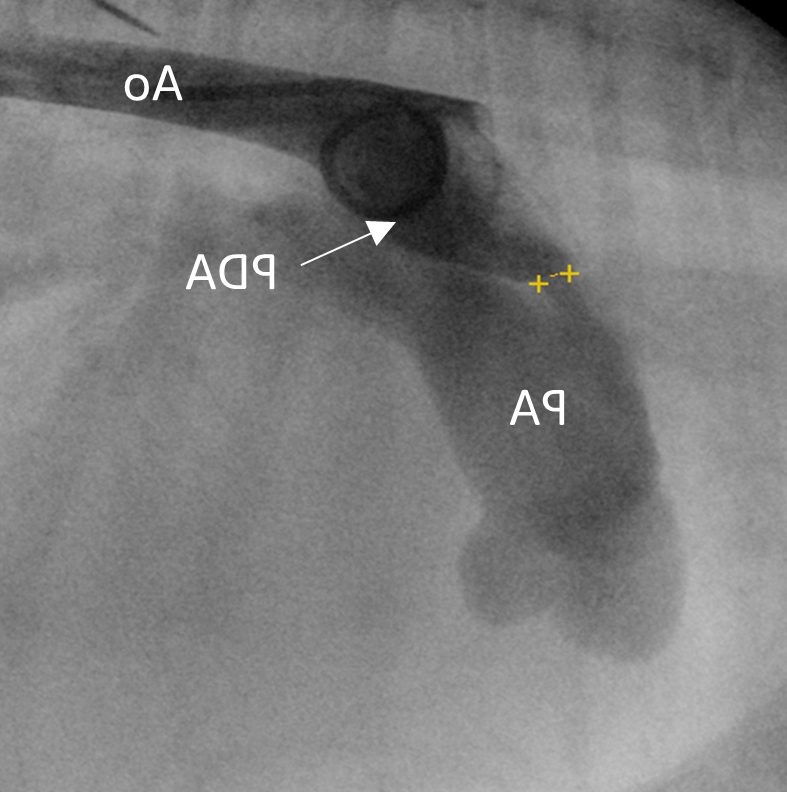Did you know that Patent Ductus Arteriosus (PDA) is one of the most common congenital heart defects in dogs, affecting up to 30% of puppies with heart issues? This condition, where a blood vessel fails to close after birth, can lead to serious health problems if left untreated. Understanding PDA is crucial for any dog owner, as it can significantly impact your furry friend’s quality of life. This article aims to shed light on what PDA is, how it affects canine health, and the treatment options available. By the end, you’ll be equipped with the knowledge to make informed decisions about your dog’s heart health, ensuring they live a happy and healthy life.
Understanding Patent Ductus Arteriosus in Dogs

What is Patent Ductus Arteriosus?
Patent Ductus Arteriosus, or PDA, is a condition where a blood vessel called the ductus arteriosus doesn’t close as it should after birth. In a healthy puppy, this vessel is supposed to close naturally, redirecting blood flow through the heart and lungs properly. When it stays open, it can cause a mix-up in blood circulation, leading to potential heart problems.
Occurrence in Dogs
PDA is one of the most common heart defects in dogs, especially in certain breeds like Poodles and German Shepherds. It’s a congenital issue, meaning it’s present from birth. While some dogs might show symptoms early on, others might not display any signs until later in life. Regular vet check-ups are key to catching it early.
Impact on the Cardiovascular System
When PDA is present, the heart has to work harder to pump blood, which can lead to heart enlargement and eventually heart failure if not treated. The extra workload can cause increased pressure in the lungs, leading to respiratory issues. It’s crucial to address PDA promptly to prevent these complications and ensure your dog stays healthy and active.
Causes and Risk Factors
Genetic predisposition plays a big role in the development of Patent Ductus Arteriosus (PDA) in dogs. Some breeds are more prone to this condition, with Poodles, German Shepherds, and Shetland Sheepdogs often topping the list. If you’re considering one of these breeds, it’s wise to be aware of this potential issue.
But it’s not just about genetics. Environmental and developmental factors can also contribute to PDA. For instance, puppies born prematurely or those with low birth weight might be at higher risk. The environment during pregnancy, including the mother’s health and nutrition, can influence the likelihood of PDA developing. It’s a mix of nature and nurture, really.
Understanding these factors can help you make informed decisions about your dog’s health. Regular vet visits and early detection are key. By staying informed, you can ensure your dog gets the best start in life.
Symptoms and Diagnosis

Common Signs and Symptoms of PDA in Dogs
Spotting the signs of Patent Ductus Arteriosus early can make a world of difference for your dog. Some pups might show symptoms like a persistent cough, difficulty breathing, or even a noticeable heart murmur. You might also notice your dog tiring easily during play or exercise. In more severe cases, there could be signs of heart failure, such as fluid build-up in the abdomen or limbs. It’s important to keep an eye out for these signs, especially if your dog belongs to a breed prone to PDA.
Diagnostic Procedures and Tests
When it comes to diagnosing PDA, your vet has a few tricks up their sleeve. They’ll likely start with a physical exam, listening for that tell-tale heart murmur. If they suspect PDA, they’ll probably recommend an echocardiogram, which uses ultrasound to get a detailed look at the heart’s structure and function. X-rays might also be used to check for any enlargement of the heart or lungs. In some cases, a Doppler study can help assess blood flow and confirm the diagnosis. These tests are crucial for pinpointing the issue and planning the best course of action for your furry friend.
Treatment Options for Patent Ductus Arteriosus

Overview of Surgical and Non-Surgical Treatments
When it comes to treating Patent Ductus Arteriosus in dogs, you’ve got a couple of options. Surgery is often the go-to, especially for severe cases. It involves closing the ductus arteriosus to restore normal blood flow. On the other hand, there’s a non-surgical option called transcatheter occlusion. This minimally invasive procedure uses a device to block the vessel, and it’s gaining popularity for its quicker recovery time.
Success Rates and Potential Complications
Surgical treatment boasts a high success rate, often over 90%, making it a reliable choice. However, like any surgery, there are risks, including infection or complications from anaesthesia. Transcatheter occlusion also has a high success rate, though it’s not suitable for all dogs, particularly those with very small vessels. Potential complications include device migration or incomplete closure. It’s crucial to discuss these options with your vet to determine the best path for your dog’s health.
Post-Treatment Care and Management

Recovery Process and Care After Treatment
Once your dog has undergone treatment for Patent Ductus Arteriosus, the recovery phase is crucial. Post-surgery, your pup will need some time to rest and heal. It’s important to limit their activity for a few weeks to prevent any strain on the heart. Your vet will likely recommend a follow-up visit to monitor progress and ensure everything is healing as it should. Keep an eye out for any signs of discomfort or complications, and don’t hesitate to reach out to your vet if something seems off.
Long-Term Management and Monitoring
Even after successful treatment, ongoing care is essential. Regular check-ups will help keep tabs on your dog’s heart health and catch any potential issues early. Your vet might suggest periodic echocardiograms to ensure the heart is functioning properly. Maintaining a healthy lifestyle, including a balanced diet and regular exercise, is also key to supporting your dog’s heart health in the long run. By staying proactive, you can help your furry friend enjoy a full and active life.
Prognosis and Lifespan

Expected Outcomes for Treated and Untreated PDA
When it comes to Patent Ductus Arteriosus, the prognosis can vary significantly depending on whether the condition is treated or not. For dogs that undergo treatment, especially surgical intervention, the outlook is generally very positive. Most dogs go on to live normal, healthy lives with a lifespan comparable to their peers. On the flip side, if PDA is left untreated, it can lead to serious complications like heart failure, significantly shortening a dog’s lifespan.
Factors Influencing the Prognosis
Several factors can influence the prognosis for a dog with PDA. The age at which the condition is diagnosed and treated plays a crucial role. Early detection and intervention often lead to better outcomes. The dog’s overall health and presence of any other medical conditions can also impact recovery and long-term health. Additionally, the size of the ductus arteriosus and the severity of symptoms at diagnosis are important considerations. Regular follow-ups and a healthy lifestyle post-treatment can further enhance the prognosis, ensuring your dog enjoys a vibrant life.
Preventative Measures and Early Detection
Breeding Considerations to Reduce PDA Incidence
When it comes to reducing the incidence of Patent Ductus Arteriosus, breeding plays a significant role. If you’re thinking about breeding dogs, especially those breeds prone to PDA, it’s crucial to consider genetic testing. This can help identify carriers of the condition and prevent passing it on to future generations. Responsible breeding practices, including selecting mates with no history of PDA, can make a big difference in reducing the prevalence of this heart defect.
Regular Veterinary Check-Ups and Early Detection Strategies
Regular vet check-ups are your best ally in catching PDA early. These visits allow your vet to monitor your dog’s heart health and spot any issues before they become serious. Early detection is key, as it often leads to more successful treatment outcomes. Your vet might recommend routine heart screenings, especially if your dog is from a breed known for PDA. By staying on top of these check-ups, you can ensure your dog gets the care they need to stay healthy and happy.
Final Thoughts

Patent Ductus Arteriosus is a significant concern for dog owners. Understanding this condition and its implications is crucial for ensuring your pet’s well-being. While PDA presents challenges, early detection and treatment can lead to a healthy, fulfilling life for your dog. By staying informed and proactive, you can make a profound difference in your dog’s heart health. Regular veterinary check-ups and responsible breeding practices are essential steps forward.
